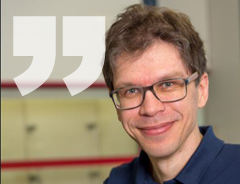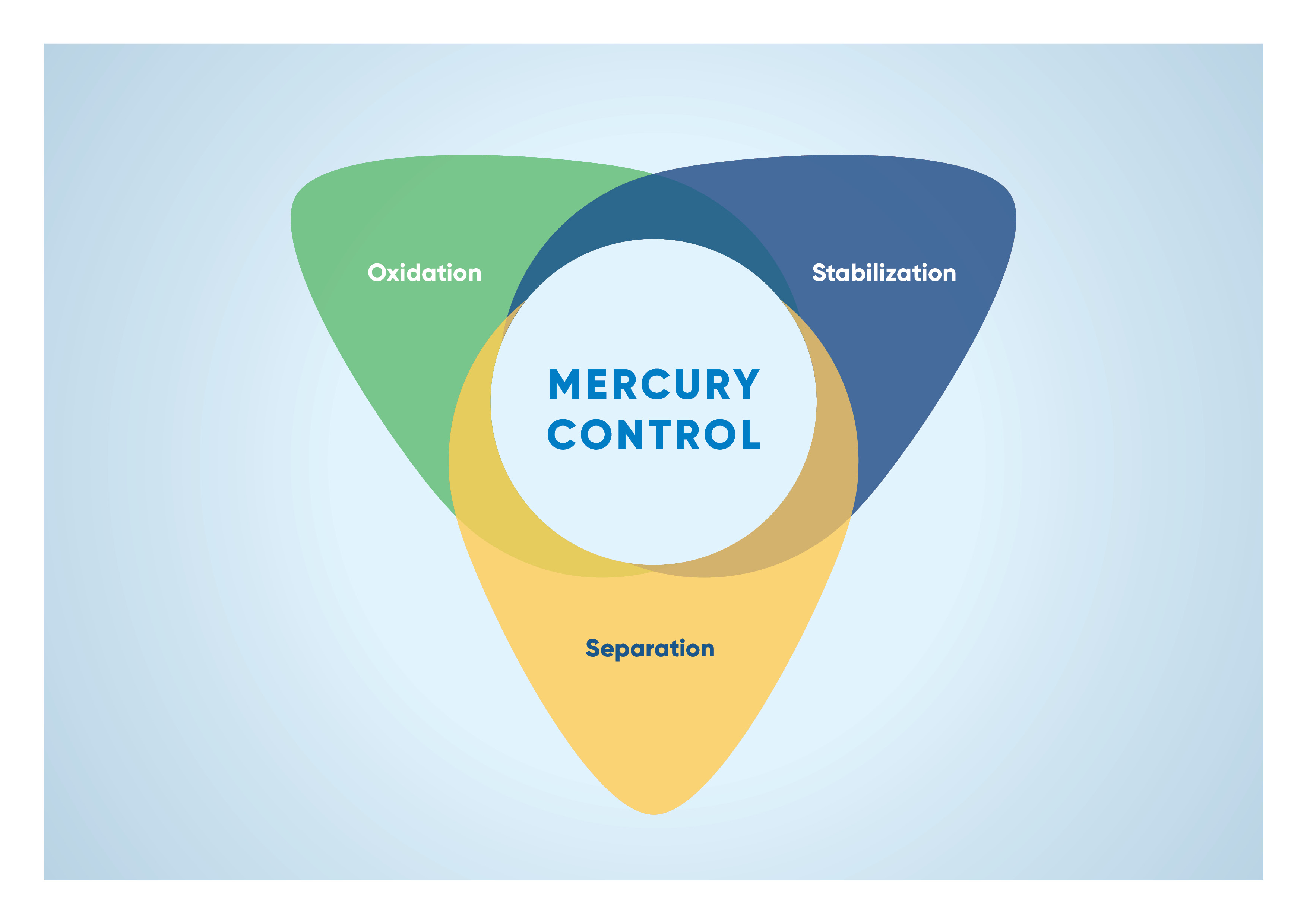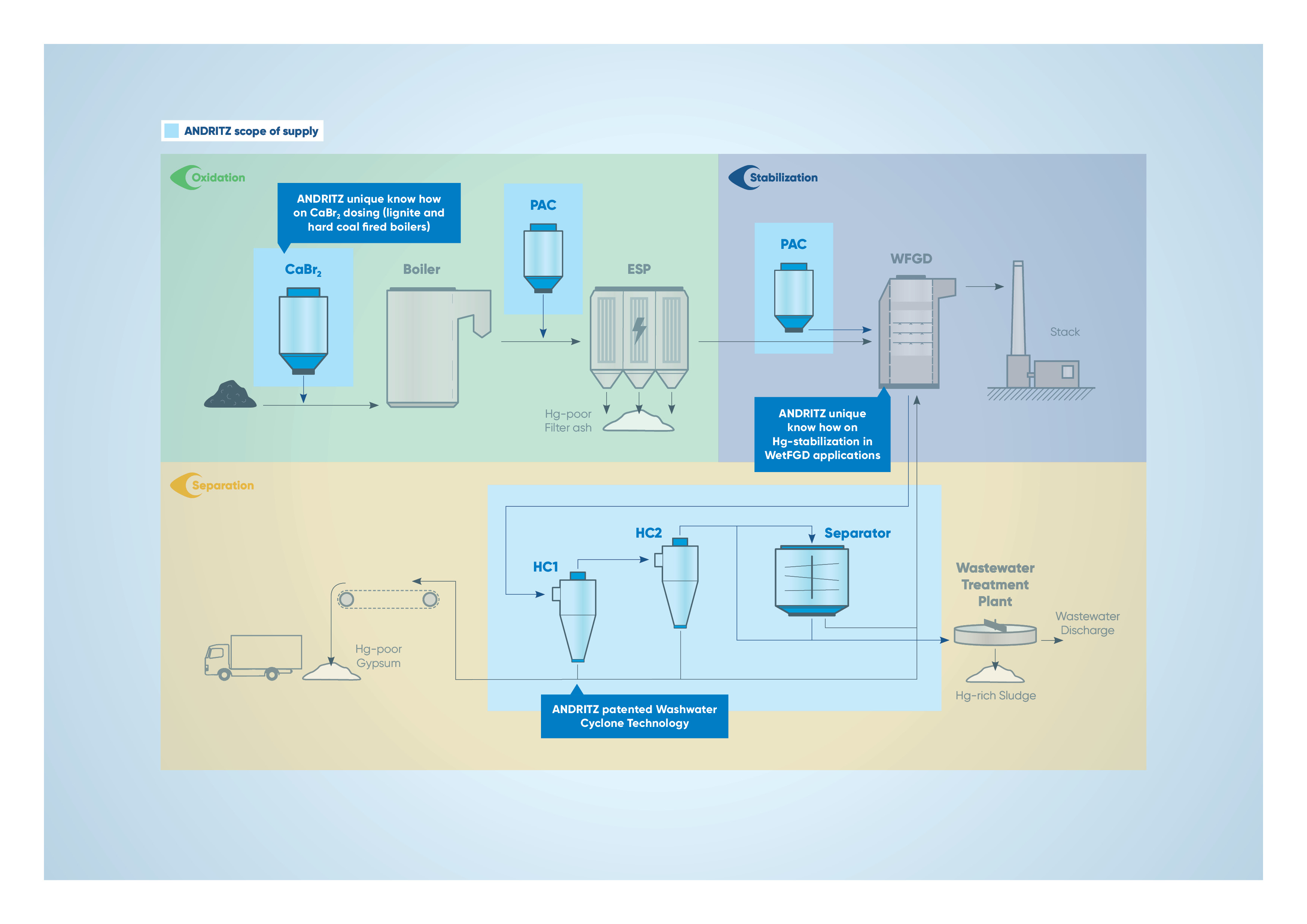“Every plant has the potential to reduce SOx, NOx, dust, and mercury through a combination of reasonable operation adjustments and limited additional equipment.”
ANDREAS GRUBER-WALTL
R&D Project Manager, ANDRITZ
Harmonization of EU-wide limits on emissions of dust, NOx, SOx, and mercury is currently driving the majority of the investments at large-scale combustion plants. The tightening of these limits will place a major challenge on many existing plants. To make effective use of capital, it will be necessary to integrate new and perhaps innovative equipment into an established, existing plant. This requires a special expertise.
ANDRITZ’s experience is that every plant has the potential to reduce SOx, NOx, dust, and mercury through a combination of reasonable operation adjustments and limited additional equipment. However, since additional capital is quite often scarce, it is important to take a holistic approach in order to arrive at a successful, reliable, and cost-effective outcome.

ANDREAS GRUBER-WALTL
R&D Project Manager, ANDRITZ
Mercury emissions are an environmental concern due to the toxicity and persistence of mercury that accumulates in waterways. To meet stringent limits, ANDRITZ has taken a holistic approach to look at the combustion process as a whole, taking into account not only the various oxidation reactions in the flue gas itself, but all the sources and sinks in the entire flue gas cleaning path.
Accurate information about the driving factors influencing mercury oxidation, absorption, and adsorption after the boiler outlet is combined with knowledge of the fly ash removed in the ESP as well as potential byproducts such as gypsum and sewage sludge.
With this data and the right interpretation of the data, mercury flows can be influenced and controlled with known technologies. In simplest terms, the mercury removal process, within the flue gas path, combines three main process activities (see figure 1).

Figure 1. The three main process activities to remove mercury from the entire flue gas cleaning path.
For each of these main process activities, ANDRITZ has the capability to develop a technical solution that is tailored to the existing equipment and operations. Core capabilities are shown in figure 2.
Of ANDRITZ's core capabilities (see figure 2), in particular, the bromine-based oxidation is an important part of the puzzle. This technology, offered exclusively by ANDRITZ, is the most cost-effective solution currently available on the market, even when used, such as sorbent dosing before the ESP.
In addition, the new regulations also provided a window of opportunity by rethinking established technologies. Here ANDRITZ patented a special hydrocyclone technology for the primary dewatering of the produced gypsum in a wet flue gas desulphurization plant. Existing plants can be easily upgraded with this technology, which closes an open gap and will be a game changer in some cases.
Drawing upon holistic knowledge of all relevant processes for mercury control (oxidation to stabilization to separation), ANDRITZ has created models for specific applications. These models are created for long-term view, not just a snapshot in time. Modeling is essential for a realistic assessment of the overall process in terms of re-emissions into the stack, targeted sink transfer, and sustainable operational safety.

Figure 2. Overview of a typical flue gas cleaning path for a lignite-fired power plant with key ANDRITZ solutions highlighted.
